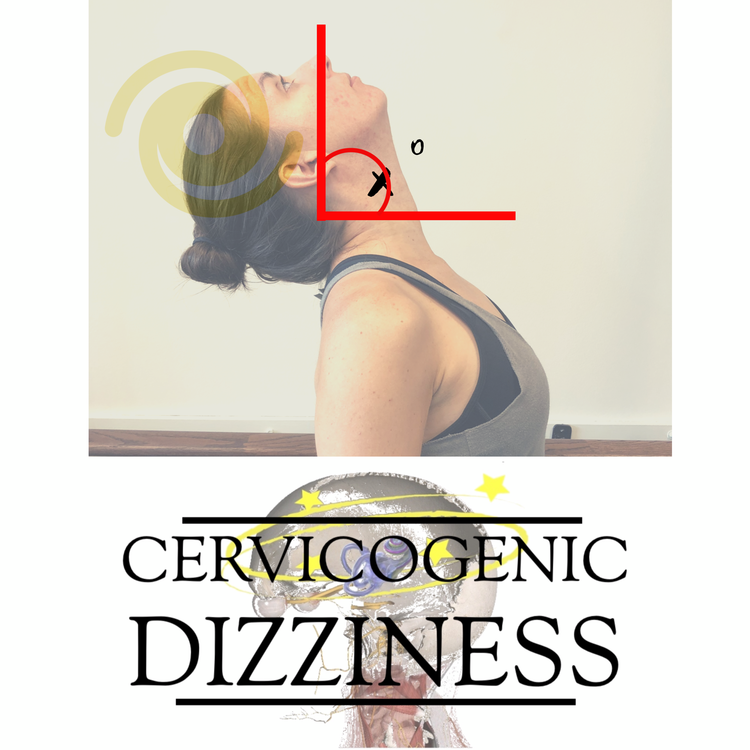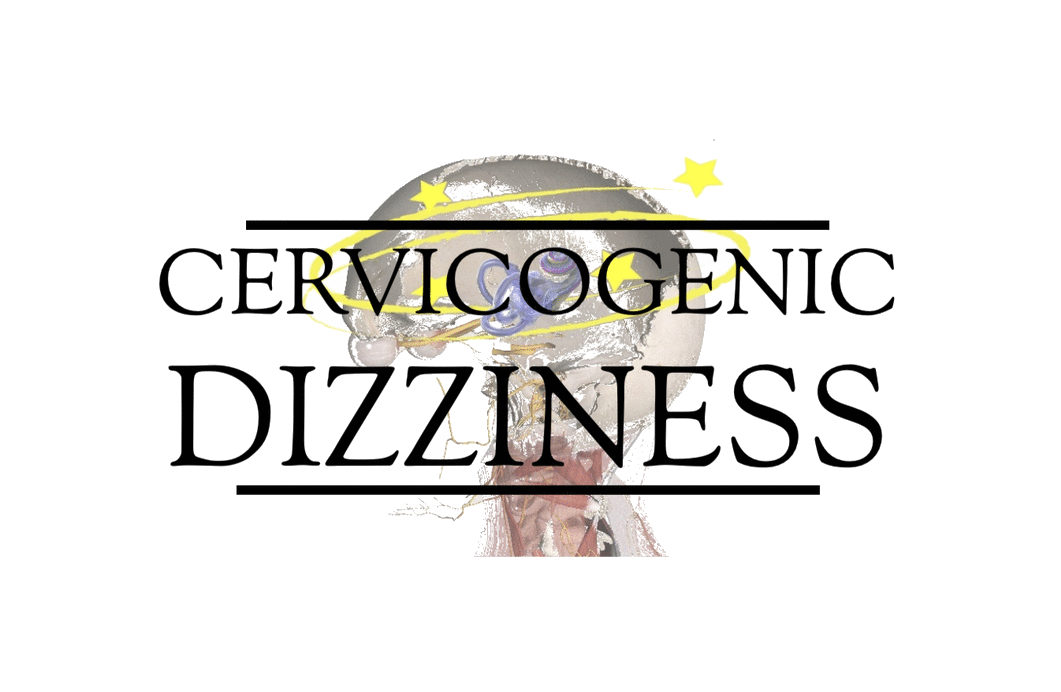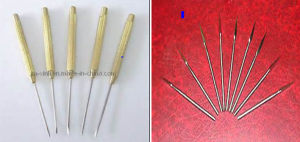You can have a blade needle to your neck or this for Cervicogenic Dizziness

You can have a blade needle to your neck or this for Cervicogenic Dizziness
Needle-knife therapy can be used during an acupuncture treatment and claimed to be useful on soft tissue injuries and could help to relieve neurovascular compression by relaxing soft tissues in order to relieve tension pain.
In fact, an article by Yang et al 2019 investigated the therapeutic effect of blade needle therapy for cervicogenic dizziness and changes of blood flow of vertebral artery in patients with cervicogenic dizziness.
The article was entitled, "Blade needle treatment improves cervicogenic dizziness by increasing blood flow of vertebral basilar artery" in the Zhen Ci Yan Jui Journal.
The conclusion of the article is the following:
Blade needle treatment has a good clinical effect in the treatment of CD patients, which is probably associated with its function in increasing blood perfusion of the brain tissue, and thus being worthy of clinical application.

As physical therapists who treat this condition and NOT acupuncturists , or even trained in blade needle treatment, I wonder if this type of therapy is absolutely necessary to obtain similar or even superior results for the resolution of cervicogenic dizziness.
Nevertheless, I would say, for what it is worth, a quick search on this topic yielded better results in blade needle therapy vs acupuncture-cupping in a 2014 study by Cao et al.
Even though the highest level of evidence thus far for Cervicogenic Dizziness is a meta-analysis (Hou et al 2017) of acupuncture (not necessarily blade needle treatment), we also have several systematic reviews showing effectiveness of manual therapies of non-skin penetrating format, such as Yaseen et al 2018.

Even though blood flow is one of 3 major hypothesis for the origin of Cervicogenic Dizziness, we now know that the major theory for diagnosis and potential effective treatment is to address the proprioceptive dysfunction, rather than vascular and/or neurovascular aspect that could potentially cause symptoms of lightheadiness, unsteadiness and dizziness.
This type of treatment approach could definitely help with symptoms, but with latest knowledge on head on neck orientation, benefit of cervical strengthening and endurance, and even sensorimotor integration with patients who have dizziness and altered orientation disorders, it could be more worthy to seek out a combination of manual therapy, exercise, vestibular and sensorimotor approaches to address the diagnosis of Cervicogenic Dizziness.
Just our two cents.
You can learn more about the screening and treatment process of Cervicogenic Dizzinesss through Integrative Clinical Concepts, where the authors (husband–a manual therapist a wife—a vestibular specialist), teach a very unique course combining both the theory and practice of vestibular and manual principles in their 2-day course. Pertinent to this blog post, the 2nd day includes the “Physio Blend”, a multi-faceted physiotherapist approach to the management of Cervicogenic Dizziness, which includes treatments of the articular and non-articular system of manual therapy and the most updated sensorimotor exercise regimen.
If you would like to host a course for your staff (either a vestibular, neuro, sports or ortho clinic), please do not hesitate to contact me at harrisonvaughanpt@gmail.com for more information.
AUTHORS
Harrison N. Vaughan, PT, DPT, OCS, Dip. Osteopracic, FAAOMPT
Instructor: Cervicogenic Dizziness for Integrative Clinical Concepts
Danielle N. Vaughan, PT, DPT, Vestibular Specialist
Instructor: Cervicogenic Dizziness for Integrative Clinical Concepts



